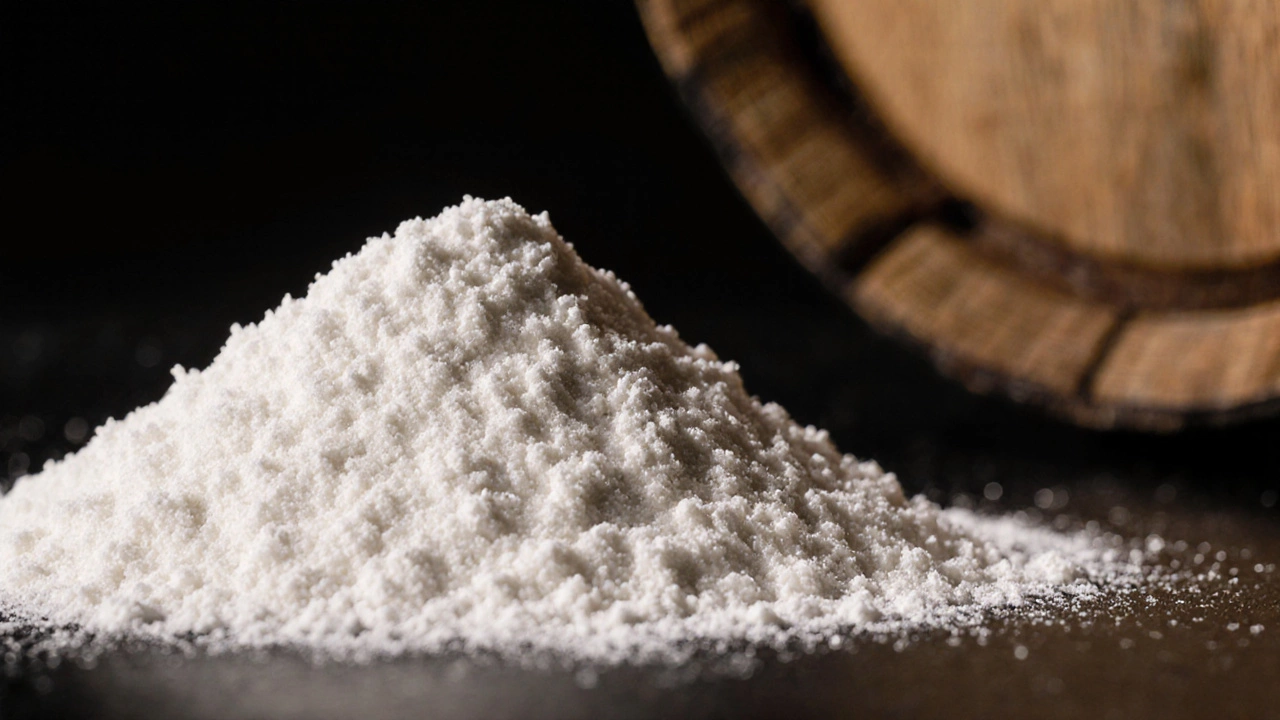How Cream of Tartar Improves Fudge Texture and Flavor
Discover how a pinch of cream of tartar transforms fudge texture, flavor, and shelf-life, plus a step‑by‑step recipe and troubleshooting tips.
When working with baking chemistry, the study of how ingredients react under heat and mixing. Also known as culinary science, it lets you predict texture, rise, and flavor before the oven even warms up.
One of the most powerful players is acidic ingredients, components like lemon juice, cream of tartar, or vinegar that react with leavening agents. The classic semantic triple here is: baking chemistry ↠ acidic ingredients ↠ produce carbon dioxide when paired with baking soda. This reaction inflates batter, giving cupcakes their fluffy crumb. Knowing the exact amount helps you avoid overly alkaline cakes that taste bitter.
Equally important are egg proteins, the globular proteins that coagulate and set structure as they heat. When you whisk eggs, you unfold these proteins, letting them trap air. As the heat rises, they lock that air in, creating lift. The triple: baking chemistry ↠ egg proteins ↠ form a network that supports shape. Too many eggs can make a cake dense; too few leaves it crumbly.
Sugar isn’t just sweet—it caramelizes. sugar caramelization, the browning of sugars at around 340°F that creates flavor and color adds depth to cookies and crusts. The triple: baking chemistry ↠ sugar caramelization ↠ produces nutty notes and a chewy texture. Managing temperature prevents burnt edges and keeps the interior soft.
And don’t forget fat. fat emulsification, the process of mixing liquid fat with water‑based ingredients to form a stable mixture is what makes a scone tender and a ganache glossy. When butter is creamed with sugar, tiny air pockets form; if the fat melts too early, those pockets collapse, leading to a flat bake. Understanding this helps you choose the right butter temperature for each recipe.
All these reactions share a common thread: they’re controllable. By tweaking acidity, protein level, sugar temperature, or fat state, you can customize crumb, rise, and mouthfeel. Whether you’re a beginner learning why a soufflé collapses or an experienced baker tweaking a signature cake, the principles stay the same.
Below you’ll find articles that break each of these topics down further—real‑world tips, troubleshooting guides, and recipe tweaks that let you apply the science directly in your kitchen.

Discover how a pinch of cream of tartar transforms fudge texture, flavor, and shelf-life, plus a step‑by‑step recipe and troubleshooting tips.